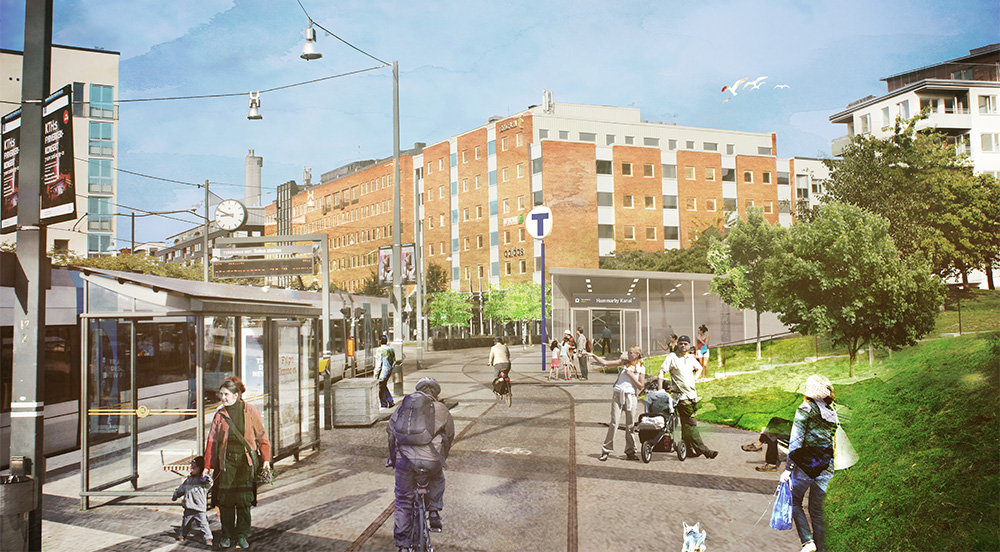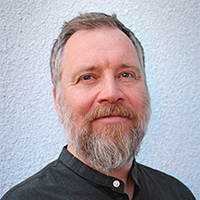KTH and Region Stockholm focus on collaboration and knowledge exchange

Daniel Jonsson, researcher at the Department of Urban Planning and Environment, has been appointed to continue as Partner Director for Region Stockholm. He shares his views on the role and its importance in facilitating collaboration and development between academia and society.

How does it feel?
"Great! The role of partnership manager is an important task. Basically, it is about building and maintaining relationships between KTH and Region Stockholm to promote more collaborations and exchange of knowledge and resources. The idea is to work closely with both researchers and decision-makers to identify common interests and develop projects and initiatives that benefit both KTH and the Stockholm region."
Strengthened cooperation
The partnership with Region Stockholm aims to increase the number of joint projects and staff mobility in both directions. The School of Architecture and the Built Environment at KTH has now chosen to invest 20% of a full-time position to further develop and strengthen the role of the partnership director. In the future, Daniel will therefore have more time allocated to the work and the opportunity to be physically present at the region for part of his time. He now hopes to create a more concrete and sustainable link between the two organisations.
"I see many exciting opportunities to collaborate across borders and create synergies between academia and society. By combining our expertise and resources, we can bring about real change and innovation. A key part of my role is to facilitate communication and cooperation between the different parties."
What do you see as the main challenges and opportunities of the partnership?
"One of the biggest challenges is understanding and meeting the needs of both KTH and Region Stockholm. The region is not a research organisation so it can be difficult to find definitive research projects. There is no R&D department to directly send researchers to. Being involved early in the thought process can be crucial so that we actually have time to do something, because research takes time. I think being there on site can help to understand more about the larger processes and how we can contribute from KTH."
Another challenge Jonsson points to is bridging the knowledge gap between researchers and decision-makers in a democratic process.
"Research and science need to become more accessible and understandable to decision-makers, and complex research results need to be translated into practical measures and political decisions. Policy makers need concrete solutions to their problems, but research often offers more of a toolbox to move forward. I hope to help close that communication gap. By being present and engaged in the planning process from the beginning, I want to help create more opportunities for KTH's research to make a difference in the real world."
What else do you do?
"I'm KTH's contact person for EIT Urban Mobility, and I research and teach socio-economics and traffic planning in the third year of the civil engineering programme in urban planning. It's great fun! I find it exciting to examine patterns and look at what are natural laws and what can actually be changed with policy. An ongoing research project I have, together with Region Stockholm, is about creating synthetic populations to simulate social development based on different scenarios. By using advanced statistical methods and machine learning, we can, for example, look at how travel behaviour or population patterns may change based on new construction of residential areas or changes in tax rates."
